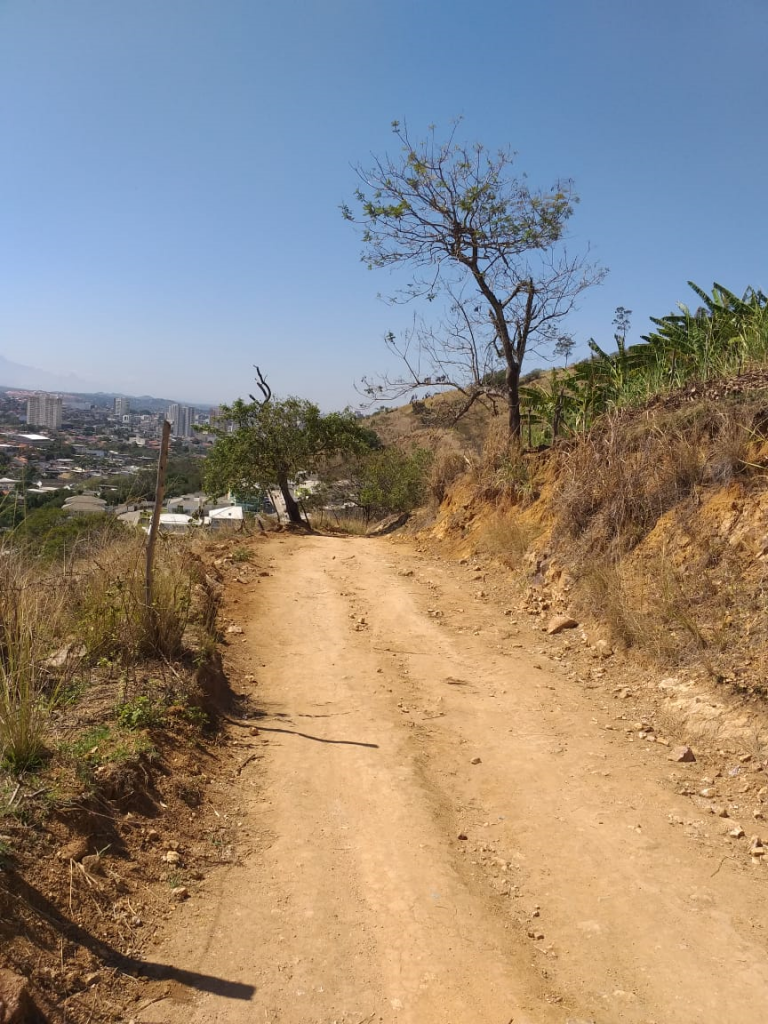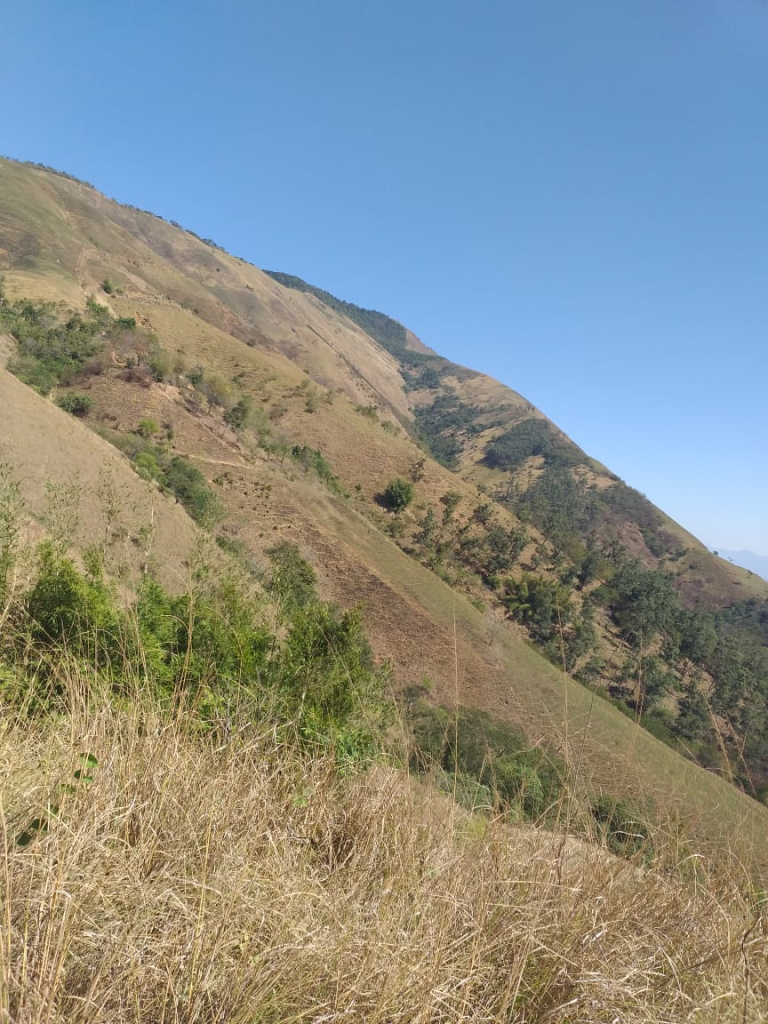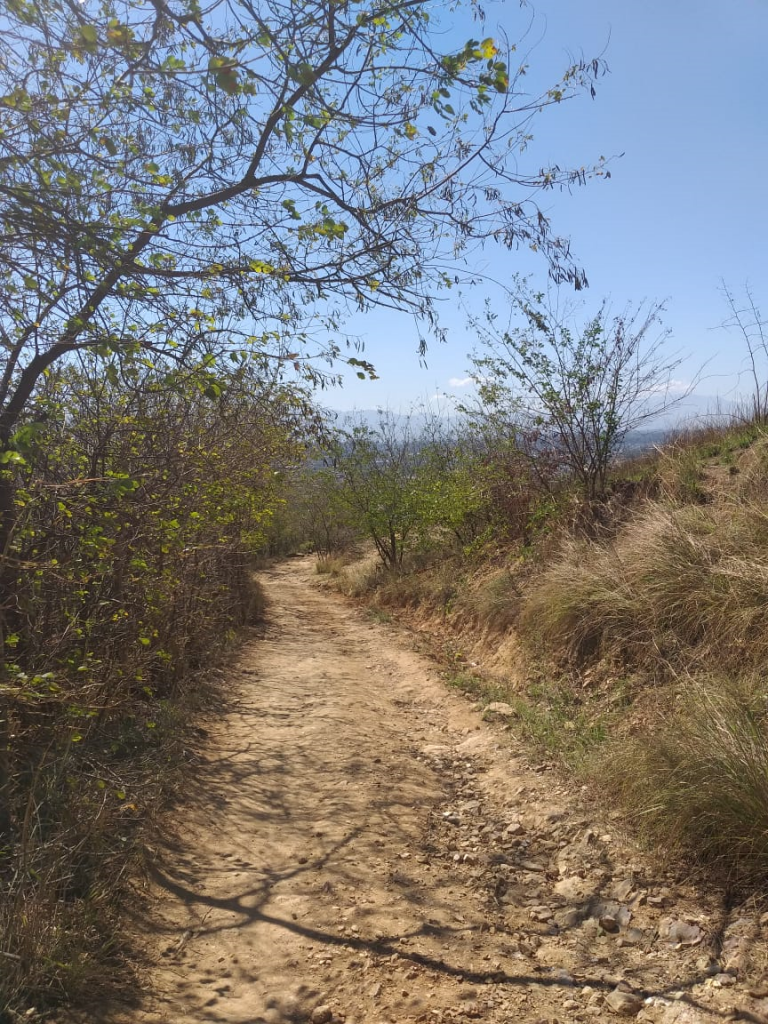RIO DE JANEIRO, BRAZIL – In the 1980s the theory first emerged that there was an extinct volcano just outside Rio de Janeiro. This was based on the discovery of pyroclastic rocks in the Parque Natural Municipal de Nova Iguaçu in the lowlands outside Rio de Janeiro, known as the Baixada Fluminense.
The Serra do Vulcão hike, and the volcano itself, are extremely well-known in this suburb of Rio – the city of Nova Iguacu has even adopted traffic signs with volcano-like images – but many Cariocas and gringos have never even heard of the place.

Fortunately, the volcano is (relatively) easy to access and involves a (relatively) easy hike to the top. The beginning of the trail is at the Shell service station close to the UNIG campus.
If you do not have a car, you can get here by taking a train from downtown Rio’s Central Station to Nova Iguaçu Station, and from there it is a quick Uber or bus ride to UNIG. Follow Rua Tatu Gamela from the Shell station towards the mountain.
Take the first left and then the sharp right where the dirt road rises and there is writing spray-painted on the rock (there are houses in this area so it is easy to ask directions if confused). From this point on all you need to do is follow the road as it snakes upwards into the mountains.

The landscape here is very different from most you will see on hikes in Rio: it more resembles the interior of Minas Gerais.
You will meet cows, horses and see small farms and banana plantations. The vegetation is mostly grassy with sparse tree cover. The advantage of this is that you will always have great views out over the Baixada and towards the mountains of Tinguá and Petrópolis.
The disadvantage is that you will be almost constantly exposed to the burning sun (though there are some forested sections). Bring lots and lots of water, as well as sun protection (I found an umbrella useful, though it earned me some strange looks).

The higher you go, the more steep the track becomes and the final section is quite tiring. However, the walk is manageable for most people. Indeed, more than outdoor enthusiasts, what you will meet on this hike are mostly older people come to offer prayers at various points on the mountain.
You will know you have reached the top when you arrive at a wooden hang-gliding platform — a perfect place to sit down and enjoy the views as long as you can bear the hot sun!
So, finally, is the volcano you’ve hiked up actually a volcano? Unfortunately, almost certainly not. The presence of volcanic-like rocks is most probably not the result of a volcanic eruption, but the uncovering through erosion of pyroclastic rock that had already been formed underground.

Nonetheless, the idea of the existence of a volcano has not disappeared from the minds of many, and this has led to a greater appreciation of the need to preserve this mountainous area. Moreover, the tale of the volcano has brought many people, including the writer of this article, to visit an area which they otherwise certainly wouldn’t ever have known.
And for this we can be thankful for the disproven theory.
Time: 4-5 hours typically.
Bring: Water, lunch, sun and rain protection.
Advice: Take normal hiking precautions. Guide unnecessary.

